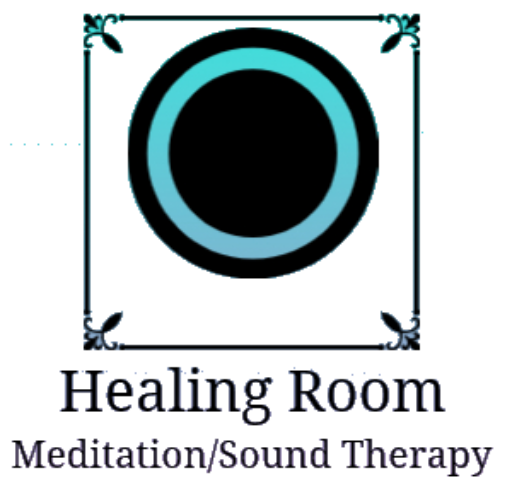What is Gong Meditation and how Is It Practiced?
Gong meditation is a unique type of sound practice that involves using therapeutic gong sounds and vibrations to bring about healing. This practice is also sometimes referred to as a “gong bath” because participants are “bathed” in meditation gong sound waves. The goal of “gong meditation” is usually therapeutic, whereas mindfulness meditation has many therapeutic benefits, but its deeper goal is awareness and non-judgmental appreciation of the present moment.
Sound therapy has long been used to manage a broad range of health conditions. The treatments are based on the understanding that all forms of matter – including our body’s cells – vibrate at different frequencies. Factors such as stress, depression and disease cause cells and organs within our bodies to vibrate at non-optimal frequencies.
How is gong meditation practiced?
Most people who participate in gong baths are lying down on meditation mats. Add a pillow and a blanket and all you’ll need to do is rest in a comfortable position, relax and close your eyes. Your instructor will guide you through the session. Initially, the gong is played very softly; as the meditation session progresses, the volume is gradually increased. Since the purpose of the meditation gong sound is healing, the volume is never upped to uncomfortable levels.
The gong sound is changed frequently to avoid producing a fixed, monotonous rhythm. The auditory stimuli of the gong bath process lead to entrainment, a form of beneficially modified brainwave frequencies. The first brainwave state to be reached is alpha, which is defined by frequencies between 8 and 12 Hz. Alpha brainwaves are associated with creativity and feelings of relaxation. In this state, people experience daydreams, associative thinking and an animated imagination. This state is quickly followed by an influx of theta brainwaves, which fall between 4 and 7 Hz. Normally, the theta brainwave state is associated with deep meditation, hypnosis and REM sleep.
Gong meditation benefits
Gong sound therapy has been practiced for thousands of years. Today, enthusiasts believe that gong baths can help reduce stress and liberate emotional blockages. Scientific evidence suggests that certain forms of sound therapy prompt damaged human DNA strands to repair themselves. Some tones are thought to promote vitality and healing, and also to enhance happiness. Many alternative healthcare clinics offer sound therapies such as gong meditation to help manage various ailments.
Other forms of sound therapy include tuning forks, Tibetan singing bowls, chanting and drumming therapy. Music therapy is arguably the most mainstream form of sound therapy, and many music therapists are board certified. Music has been shown to relieve a number of problems, including pain, loneliness and depression. Music therapy is now frequently offered in clinical settings such as hospitals, clinics, and hospice.
Sound and mindfulness meditation
Certain mindfulness meditation techniques do, in fact, use sound as their focus rather than the breath or physical sensations. In this case, awareness of sound is not used as a therapy, but rather as an anchor for the mind to come back to. Just like being mindful of breath, being mindful of sound requires finding a happy balance between vigilance and relaxation. By reading this article it’s clear that you’re interested in the practice of meditation and its results: experiencing genuine joy and well-being. You’ve come to the right place.
